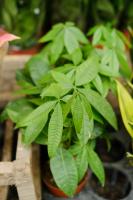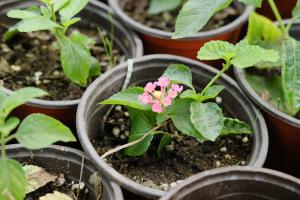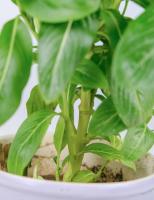Where should you plant a fig tree?
Fig trees are one of the oldest cultivated crops in the world, with evidence of their domestication dating back to 5000 BCE in the Middle East. Nowadays, planting a fig tree in your garden or orchard is a popular choice due to the delicious and nutritious fruit they produce. However, choosing the right location to plant your fig tree is crucial to ensure its successful growth and maximum fruit yield. Here are some factors to consider when deciding where to plant your fig tree.
Soil and Climate
The ideal soil for a fig tree is well-drained, slightly acidic, and rich in organic matter. Fig trees do not tolerate standing water or heavy clay soils. In terms of climate, fig trees thrive in warm and sunny conditions. They are tolerant of high temperatures but do not tolerate frost or snow in winter. If you live in a region with harsh winters, it is recommended to plant your fig tree in a pot that can be moved indoors during the cold months.
Watering and Fertilizing
Fig trees require regular watering, especially during the first few years after planting, to establish a strong root system. Once established, fig trees are relatively drought-tolerant but do appreciate occasional deep watering during hot and dry weather. Fertilizing is also important for fig trees, as they are heavy feeders. A balanced fertilizer, such as a 10-10-10 NPK blend, should be applied in spring and summer, following the manufacturer's instructions.
Light and Shade
Fig trees need full sun to produce fruit abundantly. They require at least six hours of direct sunlight daily, but ideally, they should receive eight hours or more. If you have a shaded garden, you can still grow a fig tree, but the fruit yield may be lower, and the tree may be more susceptible to pests and diseases. It is also important to plant your fig tree away from other trees or structures that may cast shade on it during the day.
Space and Pruning
Fig trees are relatively small, reaching up to 20 feet tall and wide, depending on the variety. However, they do require space to spread their canopy and develop a strong root system. When selecting a spot to plant your fig tree, make sure it has enough room for growth and is not obstructed by other plants or structures. Pruning is also crucial to ensure a healthy and productive fig tree. The best time to prune a fig tree is in late winter or early spring, after the frost danger has passed. Pruning should focus on removing dead or diseased wood and shaping the tree's canopy to allow for better airflow and light penetration.
Conclusion
Planting a fig tree in your garden or orchard is a rewarding experience that can bring you delicious and nutritious fruit for years to come. Choosing the right location for your fig tree is essential to ensure its successful growth and maximum fruit yield. Consider the soil and climate, watering and fertilizing needs, light and shade requirements, and space and pruning requirements when deciding where to plant your fig tree. With proper care and attention, your fig tree will thrive and provide you with bountiful harvests year after year.

 how many times do yo...
how many times do yo... how many planted tre...
how many planted tre... how many pine trees ...
how many pine trees ... how many pecan trees...
how many pecan trees... how many plants comp...
how many plants comp... how many plants can ...
how many plants can ... how many plants and ...
how many plants and ... how many pepper plan...
how many pepper plan...






























